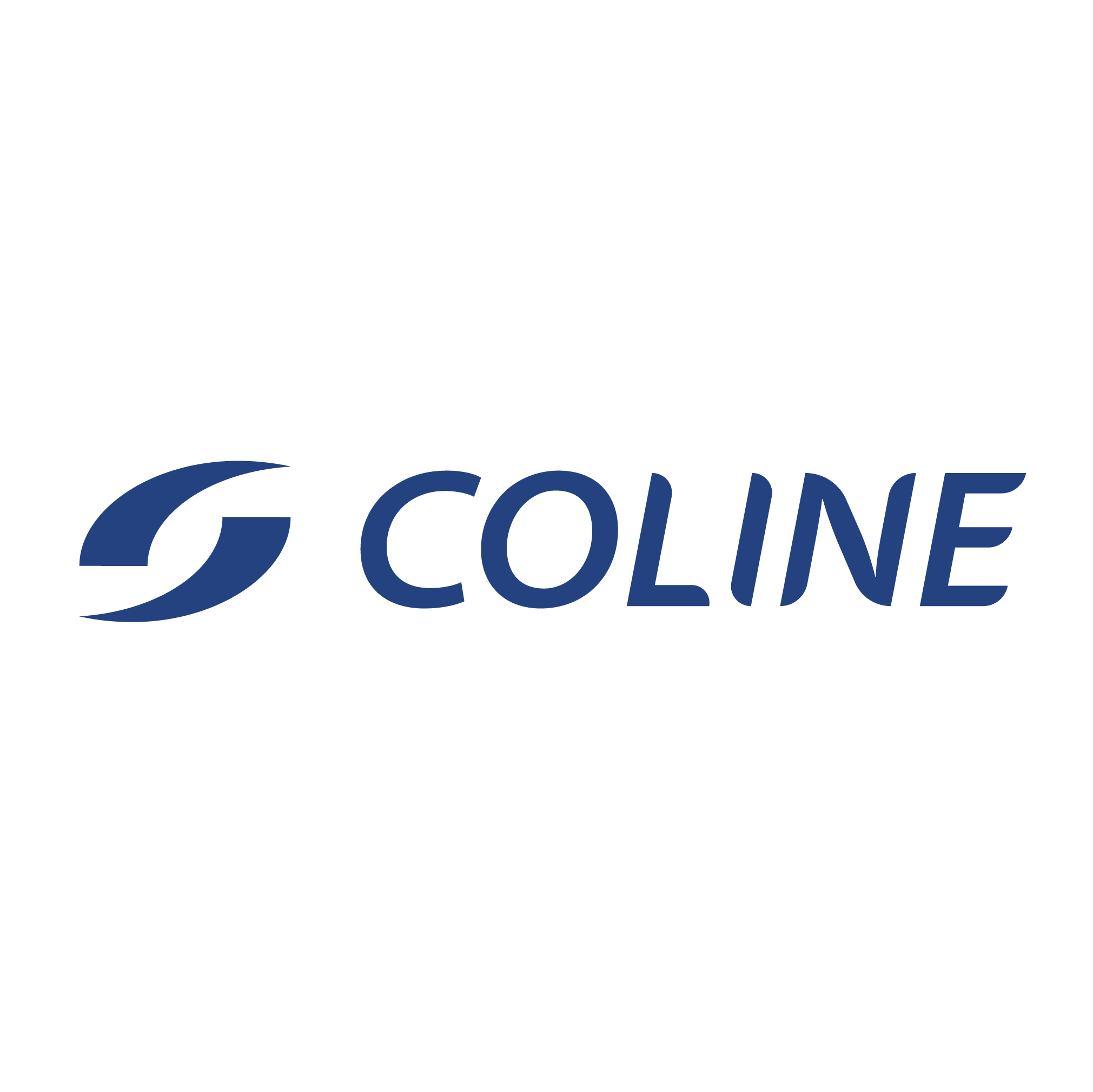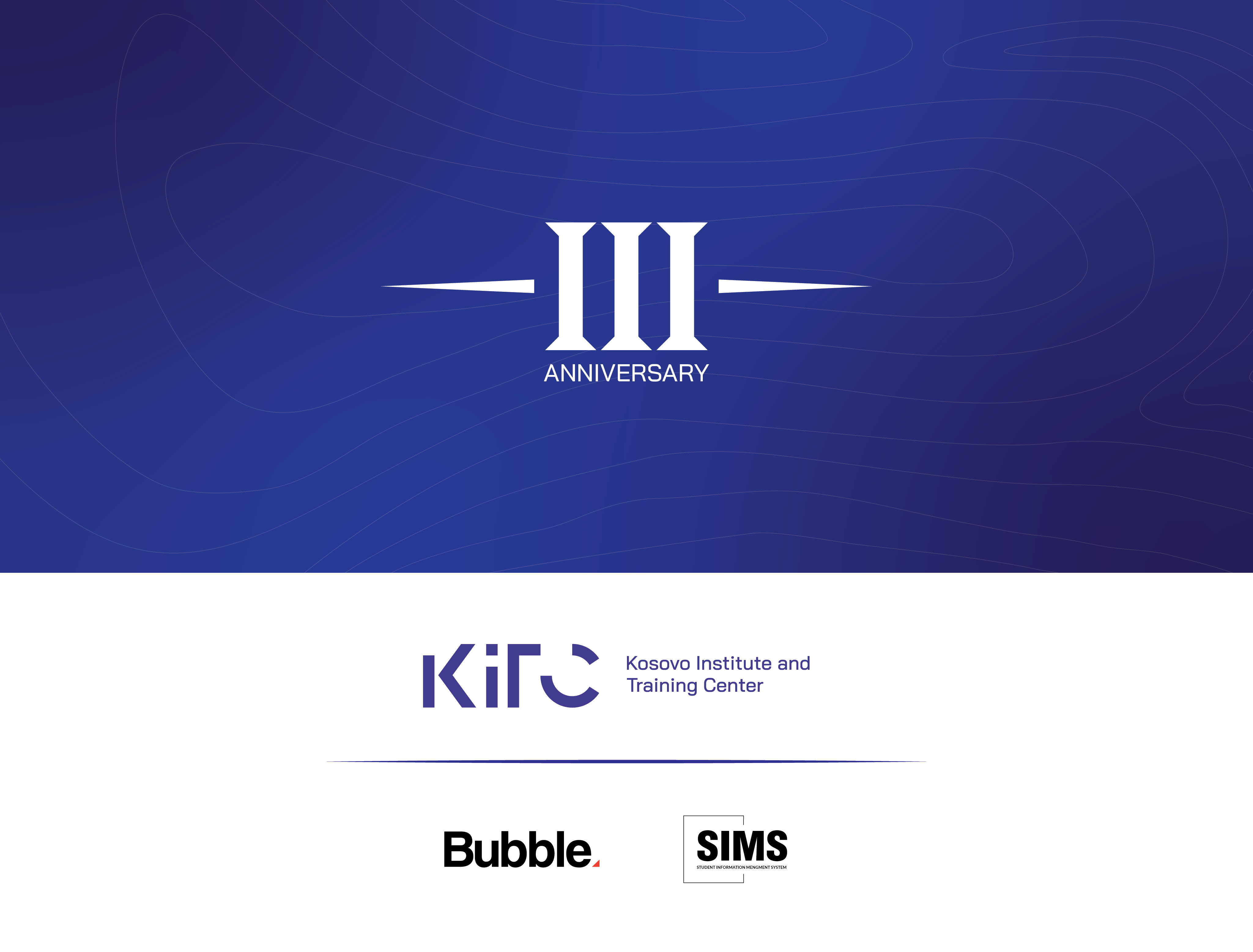Introduction
In the digital age, educational institutions are increasingly turning to technology to streamline operations and enhance educational outcomes. One pivotal tool that stands at the forefront of this digital revolution is the Student Information Management System (SIMS). This article delves into what SIMS is, its key features, and the significant benefits it offers to educational institutions.
What is a Student Information Management System (SIMS)?
A Student Information Management System (SIMS) is a software solution designed to manage and store educational institution data. It serves as a digital hub for all student-related information, including enrollment, attendance, grades, behavior reports, and more. By centralizing data, SIMS enables schools and colleges to efficiently manage student records and administrative tasks.
Key Features of SIMS
- Enrollment and Registration: SIMS simplifies the student enrollment process, allowing for digital submissions of applications and supporting documents. This feature streamlines the registration workflow and reduces paperwork.
- Attendance Tracking: With SIMS, educators can easily record and monitor student attendance. This feature aids in identifying attendance patterns and addressing truancy issues promptly.
- Grade Management: SIMS allows teachers to input, calculate, and store student grades. It provides a transparent system where students and parents can track academic performance in real-time.
- Scheduling: This feature helps in the creation and management of student schedules, including class timetables and examination schedules, ensuring optimal use of institutional resources.
- Reporting and Report Sheets: SIMS can generate a variety of reports such as student transcripts, progress reports, and statistical analyses. Additionally, administrators and instructors have access to customizable report sheets, enabling them to generate tailored reports that reflect specific data points critical to their roles. These tools are crucial for academic planning, assessment, and maintaining high standards of education accountability.
- Communication Tools: Many SIMS integrate communication tools that facilitate direct messaging between teachers, students, and parents, thus enhancing the communication flow within the educational community.
Benefits of Implementing SIMS
- Improved Organizational Efficiency: By automating routine tasks, SIMS reduces the administrative burden on staff, allowing them to focus more on student engagement and teaching.
- Enhanced Data Accuracy: With all data stored in a centralized system, the chances of errors are significantly reduced. Accurate data is crucial for effective decision-making and regulatory compliance.
- Better Resource Management: SIMS provides detailed insights into resource allocation, helping institutions make informed decisions about class sizes, staffing needs, and more.
- Increased Parental Engagement: By providing parents with access to their child’s academic records and school updates, SIMS fosters a more collaborative environment between parents and educational institutions.
- Data Security: Reliable SIMS ensure that student information is securely stored and managed, with access controls to protect sensitive data.
Conclusion
In conclusion, a Student Information Management System is not just a tool for managing student data, it is a comprehensive solution that enhances the educational journey for students, teachers, and parents alike. By integrating SIMS, institutions can achieve higher operational efficiency, better academic outcomes, and a more engaging educational environment.
Follow us on our social:
LinkedIn | Facebook | Instagram | YouTube







